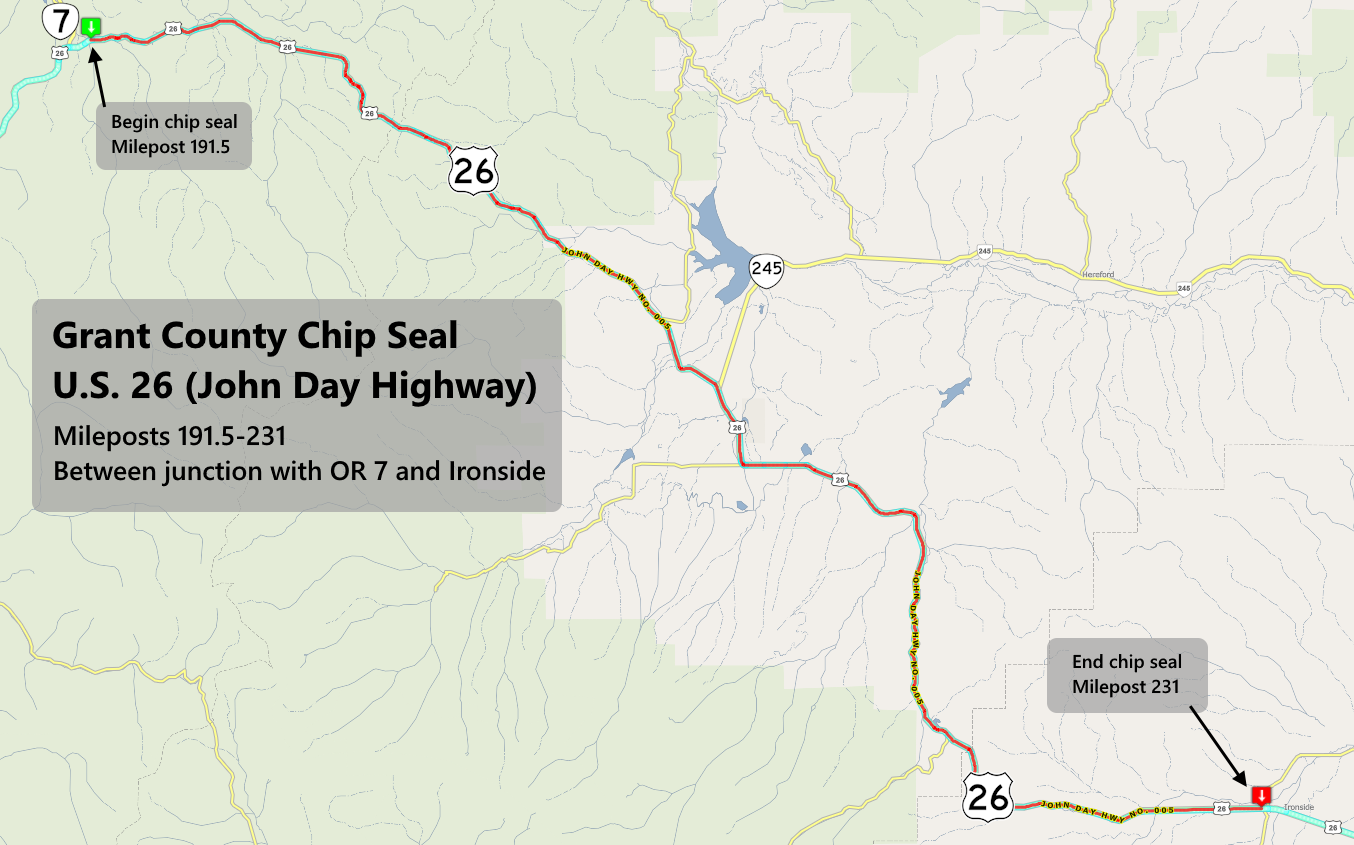WOTUS rejection a victory for landowners
Published 1:19 pm Tuesday, July 18, 2017
You can add our voice to those cheering a decision by the Environmental Protection Agency and the Army Corps of Engineers to propose a rule to rescind the 2015 Clean Water Rule meant to define waters of the United States that are regulated under the Clean Water Act.
WOTUS is on its way out. It’s a victory for landowners against the power of the administrative state.
EPA and the Corps worked on the rule for a couple of years in the hopes of reconciling two separate Supreme Court decisions in cases involving the Clean Water Act. The object was to better define what constitutes “waters of the United States,” which the act gives the federal government authority to regulate.
The language of the rule extended regulation to isolated bodies of water that have a “significant nexus” with navigable waters of the United States. The rule left it to the bureaucrats to determine that nexus, and that rightly made farmers and ranchers nervous.
Despite their attempt, the final regulation brought little of the clarity it purported to provide.
Farm and ranch groups worried, despite the government’s protest to the contrary, the feds would use the opportunity to expand their authority over “waters,” and therefore adjacent lands, not previously subject to regulation under the Clean Water Act. Such a designation could have profound and expensive consequences for landowners.
Even the Corps had its doubts. Unhappy with the way EPA wrote the document, it wrote a scathing email to EPA officials prior to the release of the final draft. Among its complaints was a claim that in extending regulation to isolated bodies of water that have a “significant nexus” with navigable waters of the United States, but defining such bodies as having “no hydrological connection with navigable waters,” made it unlikely the agencies could establish a nexus that would withstand a court challenge.
When the rule was released in 2015, a number of states and industry groups sued. Most notably, one lawsuit was filed by Scott Pruitt — then attorney general of Oklahoma and now the Trump administration’s EPA director.
Jurisdictional disputes arising from those lawsuits resulted in a stay of the rule’s implementation by the Sixth U.S. Circuit Court of Appeals in October 2015. The Supreme Court will take up the case later this year, but will decide only the jurisdictional issues, not the merits of the rule’s interpretation of what constitutes “waters of the United States.”
Fulfilling a campaign promise, President Trump in February issued an executive order for a review of the rule.
Getting rid of the rule as written is a good first step in reducing the reach of the administrative state. But that’s not enough, because it will leave unresolved the ambiguity created by the disparate Supreme Court rulings. Farmers, ranchers and regulators need clear, unambiguous guidance on the true extent and limit of the government’s authority.
On that point the next rule must be quite clear.






